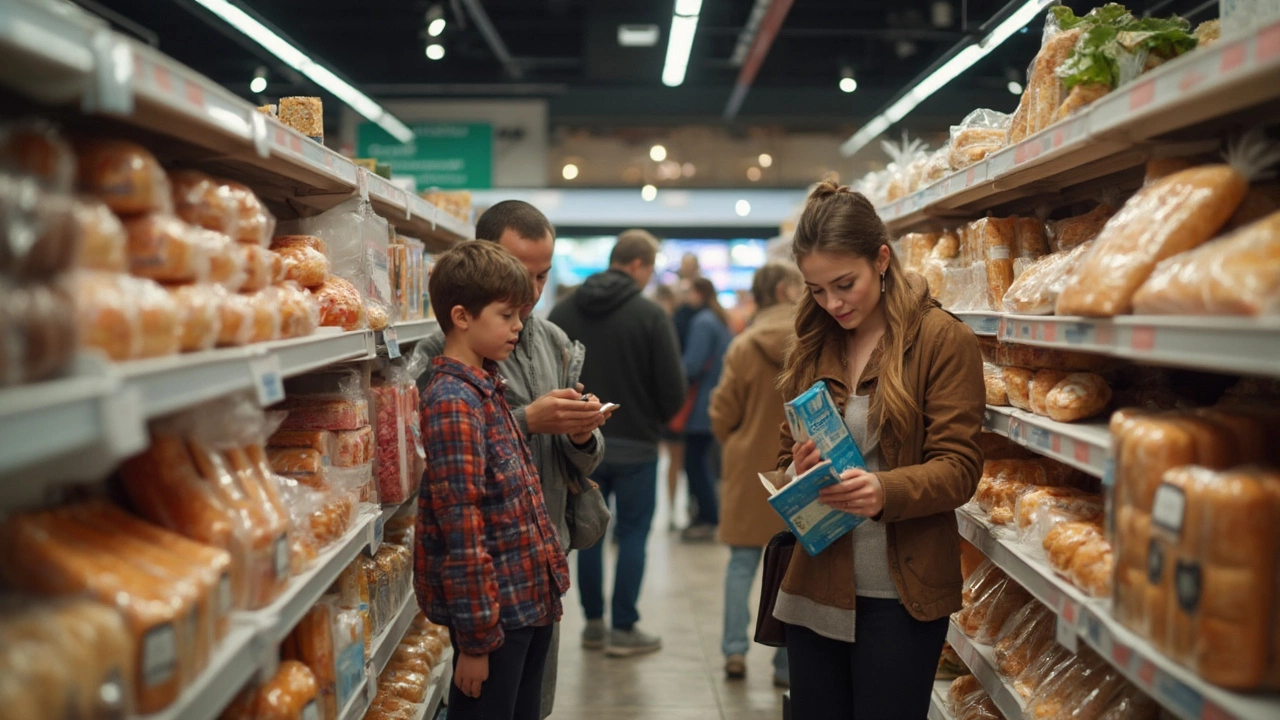
Picture this: Twenty years ago, hardly anyone at the grocery store seemed to care about gluten. These days, gluten-free crackers, breads, and cookies have their own aisle, and you can’t go to dinner without someone mentioning celiac disease. The wave of people avoiding gluten isn’t just a health fad—the number of people diagnosed with celiac disease has actually shot up, compared with past decades. So, what changed? Is it something we’re eating, breathing, or maybe how doctors test for illnesses now? There’s more to this story than trendy diets or dramatic headlines.
How Our Relationship with Wheat and Gluten Has Changed
When people talk about celiac disease, they’re really talking about the body’s wild reaction to gluten—a protein found in wheat, rye, and barley. Let’s rewind to the 1950s. Bread, pasta, and pastries were made with different wheat varieties—often less processed and with lower gluten content—and people made a lot more food at home. Fast forward to now. Modern wheat has been bred (not genetically modified but cross-bred) to boost yield and simplify mass production, but that also upped the gluten concentration. That means the average slice of bread in 2025 is heavier on gluten than the same slice two generations ago.
But it's not just what's grown—it's also how it's processed. Big bakeries often add extra gluten to get the “perfect” texture in bread. You know that springy feel that supermarket loaves have? Thank added gluten. On top of that, global diets have shifted—way more people are exposed to gluten on a daily basis, sometimes three times per meal. For example, breakfast cereal, a midday sandwich, and your average dinner pasta, all fill your gut with gluten. If you compare a 1997 diet log to one in 2025, you’d see a jump in gluten intake by more than 30% for the average westerner.
Gluten also hides in unexpected places—salad dressings, candy, even some medications. The fact that it sneaks into so many foods means sensitive people are exposed more often, sometimes without even knowing it. To complicate things, food processing has made gluten more resistant to digestion. When gluten isn’t broken down fully, it’s more likely to set off the immune reactions seen in celiac disease.
This higher gluten exposure creates a perfect storm for people genetically at risk. In families with a history of autoimmune disorders, the risk for celiac disease rises as high as 1 in 10. It also means that celiac disease might not really be more "common"—maybe it was just disguised as other digestive problems in the past. Even when people had symptoms, doctors didn’t test for celiac and often called it IBS or “nerves.” You’ve probably heard someone older talk about their “touchy stomach” that was never taken seriously. Now, we recognize gluten’s starring role.
The “gluten boom” isn't just a western planet thing, by the way. Urban centers in Asia and South America, which once ate mostly rice or corn, are flooding their diets with wheat imports and convenience foods. As these products replace traditional grains, celiac rates in China, India, and Brazil are showing the same sharp upticks seen in the U.S. and Europe in the 1990s and 2000s.
The Science: Gut Health, Immune Triggers, and Diagnosis
If we look past the grocery store and bakeries, science gives even more clues about why celiac disease feels so much more present. First off, you need the right (or wrong, depending on how you view it) genes. About one-third of people in places like North America, the UK, and Australia carry the genes for celiac, but only around 1 in 100 actually develop the disease. That’s a huge gap—so what tips some folks over the edge while others eat gluten forever with no fireworks?
There’s growing evidence that all the modern changes in the environment play a part. For one, gut health is way different in 2025 than it was 50 years ago. Here’s a mind-bender: kids today grow up with less exposure to bacteria, farm animals, and dirt, which means their immune systems are less “practiced” in tolerating harmless stuff—like food proteins. The theory, sometimes called the “hygiene hypothesis,” says super-clean living may make some immune systems trigger-happy, looking for threats where there aren’t any, like harmless gluten. This matches real-world studies showing celiac rates are much lower among rural farm kids than their city-dwelling cousins.
Antibiotics are another player. Short courses of antibiotics, especially in the first few years of life, can disrupt the friendly bacteria in your gut (your microbiome). This messes with the gut barrier and ramps up inflammation, which can help set the stage for celiac disease if the genetic cards are right. One Swedish study from 2023 linked early antibiotic use to a 67% higher risk of later celiac diagnosis. It’s not a guarantee, but the connection is hard to ignore.
Testing has also exploded. Blood tests for the specific antibodies linked to celiac are cheap, nearly universal, and part of standard care now if you show up with chronic stomach pain or weird nutrient deficiencies. Two decades ago, most people never even heard the word "celiac" unless they had a family member with a diagnosis. These days, doctors check for it if you’re low on iron, tired, have skin rashes, or unexplained gut trouble. That means a lot of people who used to go undiagnosed—sometimes for decades—are now found early. In the U.S. alone, celiac testing jumped by 300% from 2005 to 2023.
There are also new ways to catch celiac “by accident.” More kids are getting screened before symptoms hit if a sibling or parent has the disease. Those mass school screening programs in northern Italy? They found twice as many cases as doctors expected, showing that a lot of celiacs feel okay, or at least don’t feel sick enough to go to a doctor. This changing picture explains why quotes about “skyrocketing” celiac disease rates come with a big asterisk—sure, there may be more cases, but a ton of it is just about finally recognizing the ones who’ve been sick all along.
Check out this recent data table for a quick snapshot of just how quickly celiac disease rates and testing have risen:
| Year | Estimated Prevalence (%) | Diagnostic Tests Performed (US, annual millions) |
|---|---|---|
| 1995 | 0.2 | 0.15 |
| 2005 | 0.7 | 1.2 |
| 2015 | 1.0 | 4.4 |
| 2025 | 1.5 | 8.5 |
That last number says a lot—there’s both more awareness and more “real” disease happening.
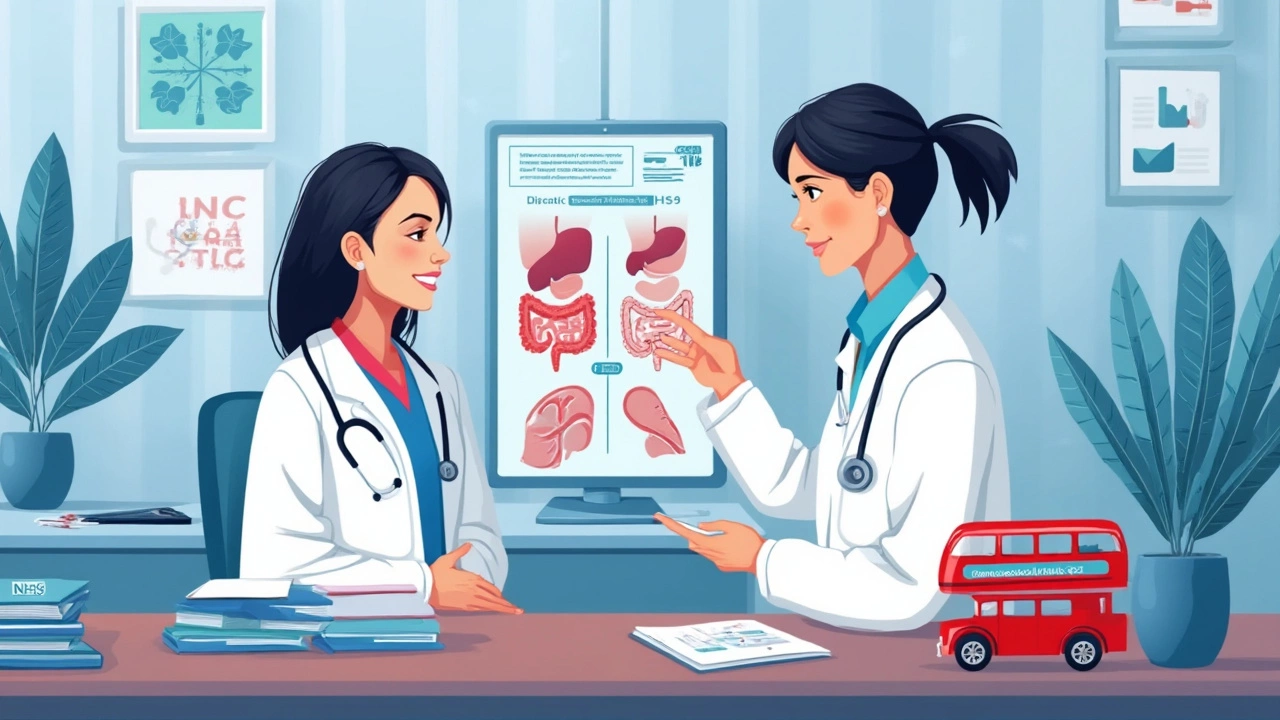
Everyday Life: What Does a Celiac Diagnosis Actually Mean?
It’s easy to forget that behind all these numbers and trends are real people navigating a complete lifestyle overhaul. If you get the phone call from your doctor—“Your tests are positive for celiac disease”—there’s no easing into it. You have to cut out all foods with wheat, barley, or rye, forever. Not just the obvious suspects like bread and pasta, but also soy sauce, beer, licorice, even cross-contaminated coffee beans. The first grocery trip can be overwhelming. It’s not just about skipping a doughnut at work; it’s reading every single label and learning which brands have secret gluten in their “natural flavors.”
This constant vigilance comes with a price. Social events center around food—think pizza nights, birthday cakes, work lunches. Suddenly, you’re the “difficult” one, asking questions at restaurants, eating before you go to parties, or carrying your own snacks everywhere. Add to that the anxiety: Cross-contamination is real, and even a crumb triggers weeks of abdominal pain, fatigue, random mouth sores, or in some cases, neurological symptoms that mimic anxiety or ADHD. Sometimes you do everything right and still get sick—because a baker used the same pan for regular and gluten-free cookies.
For many people, the diagnosis hits hard emotionally. Food is love, tradition, and comfort—so being “the one with celiac” means missing out on grandma’s lasagna and feeling left out at family gatherings unless everyone makes big changes. That isolation leads to rates of anxiety and depression among celiacs that are double those in the general population. Mental health support, not just recipes, makes a huge difference in long-term quality of life.
But let’s get real—there are upsides. The gluten-free market ballooned to $7.3 billion by 2025, up from $1.6 billion in 2011. That means good bread, tasty pasta, even safe beer options, are everywhere, and with smartphone barcode scanners, it’s easier than ever to spot gluten-free goodies on the go. Celebrities like Novak Djokovic and Zooey Deschanel have shared their experiences, making gluten-free choices less weird or “alternative” and more normalized. Plus, if you stick with the gluten-free diet, your gut actually heals; most symptoms like bloating, anemia, and brain fog clear up within months. That's a serious win.
Here are a few practical tips for newly diagnosed celiacs:
- Get a dietitian—one who actually knows about celiac disease. Don’t just rely on Google or TikTok videos.
- Always keep gluten-free snacks with you. Granola bars, nut mixes, or rice cakes save the day if plans change.
- Learn which ingredient names hide gluten. “Malt,” “triticale,” and “hydrolyzed wheat protein” are red flags.
- Choose restaurants with gluten-free menus and positive reviews from the celiac community—there are apps to help!
- Don’t be embarrassed to speak up or ask for clean prep surfaces. Your health is worth it.
- Watch out for medicines and vitamins—always check with your pharmacist.
Celiac disease isn’t the end of good eating. Some of the best gluten-free food I’ve ever tasted has come from small bakeries and home kitchens. Creative chefs are turning naturally gluten-free grains like buckwheat, sorghum, and millet into pizza, muffins, and even ramen noodles. And yes, it is possible to travel with celiac—do some research ahead, learn key phrases in the local language, and pack backups. The worldwide celiac community is huge and always willing to share hole-in-the-wall safe spots and rescue recipes.
The Future: Prevention, Research, and Living Well With Celiac
The hunt for why celiac disease is so common now isn’t just about blame—it’s about what comes next. Scientists are asking big questions: Can we prevent the disease from starting in the first place? What happens if babies eat gluten earlier or later? In Sweden, early feeding studies found that kids given gluten during infancy (alongside breastfeeding) actually had lower celiac rates, but other trials are still underway in the U.S., Canada, and Australia.
The dream of many researchers is a celiac “cure”—a way for the immune system to stop attacking itself every time gluten pops up. Vaccine trials are ongoing, and enzyme pills to help break down gluten are being tested, but right now, none replace a strict gluten-free diet. The gut microbiome, all those trillions of bacteria in your stomach, is a red-hot research trend. Scientists wonder if someday a targeted probiotic or microbiome transplant could “turn off” the autoimmune response, or at least make accidental gluten exposure less disastrous. Some labs in Israel and California are running small pilot programs already, and results look promising—but we’re years away from anything coming to your local pharmacy.
Government rules have also shifted the landscape. In 2023, the EU tightened gluten-free labeling standards, slapping huge fines on companies who mislabel foods and requiring regular inspections. This made European products among the safest for the celiac crowd. The U.S. FDA isn’t far behind, and there’s even discussion about adding celiac screening to newborn blood tests in high-risk families.
Here's something hopeful: Kids and adults diagnosed today get help earlier, avoid long-term complications (like osteoporosis and certain cancers), and bounce back faster. There’s less hush and shame attached to the disease, and much more understanding from families, schools, and restaurants.
If you want to reduce your own chances of developing celiac or help kids dodge autoimmune triggers, here are a few tips the research community is shouting from the rooftops (with proper, up-to-date 2025 backing):
- Let kids play outside (and get a little dirty!) to help build strong, tolerant immune systems.
- If you use antibiotics, only do it when absolutely needed—never just for “peace of mind.”
- Eat a high-fiber, diverse diet: More fruits, veggies, and naturally gluten-free grains help nurture good gut bacteria.
- If you have celiac genes in your family, talk to your pediatrician about early diet strategies and screening.
The world is changing fast, and so is our understanding of autoimmune illnesses like celiac disease. The good news: Knowledge really is power. With the right information, good community support, and a solid grocery list, living well with celiac—or helping prevent it in the next generation—is more doable than ever.


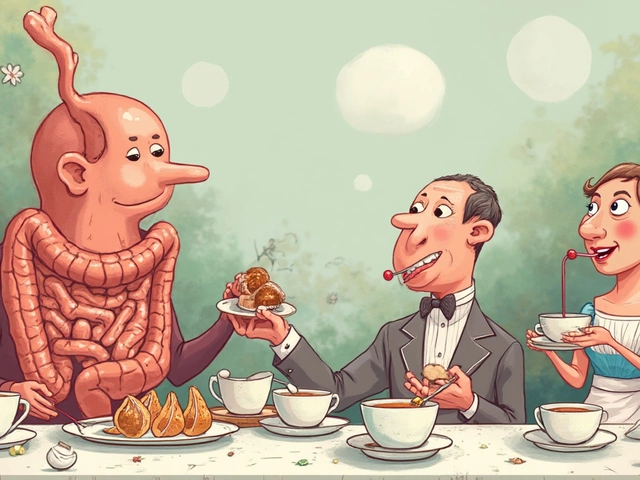
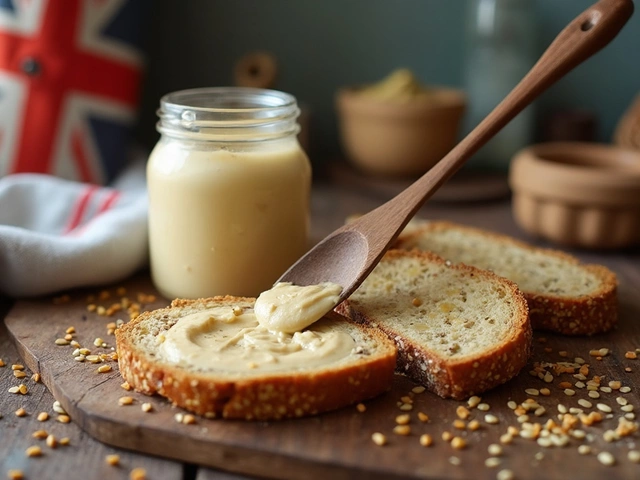





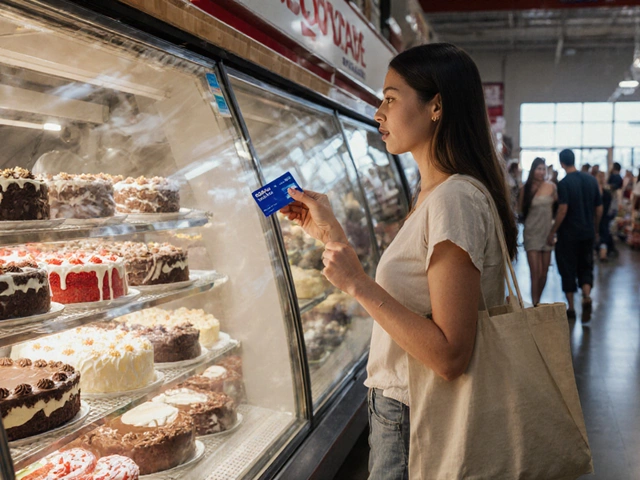

Write a comment